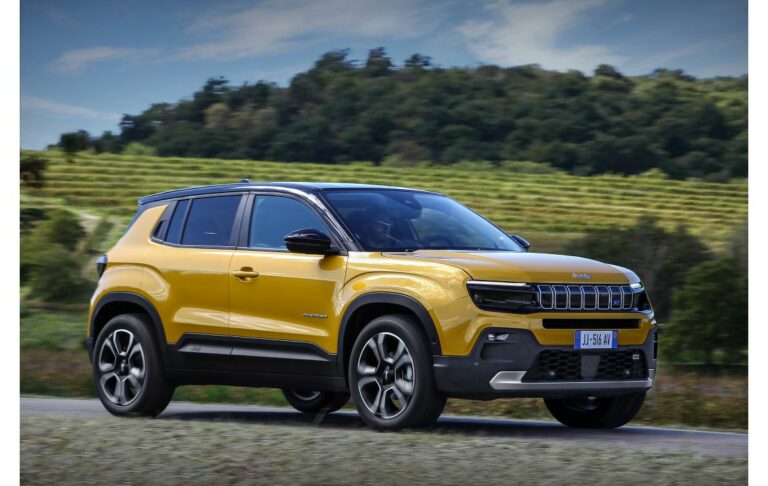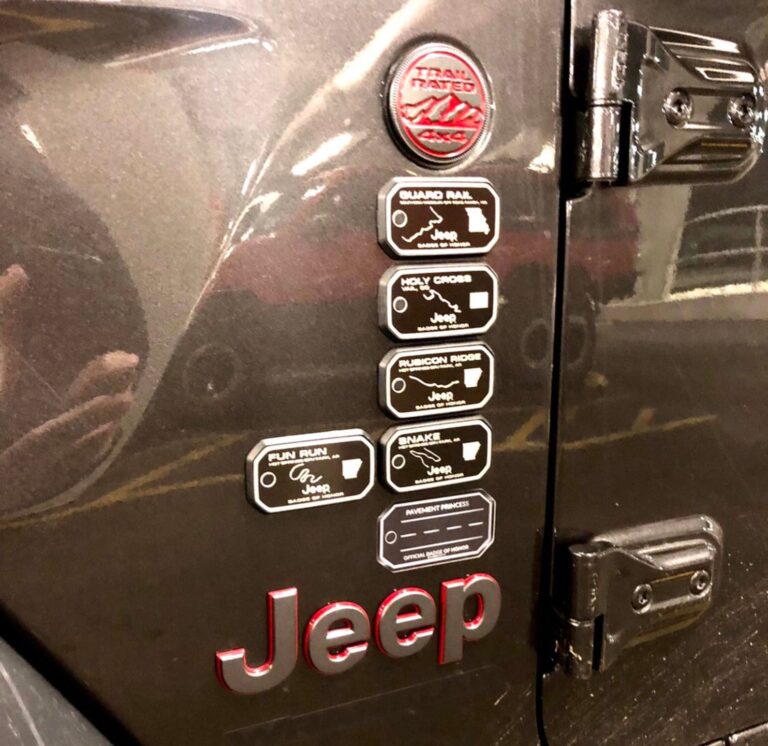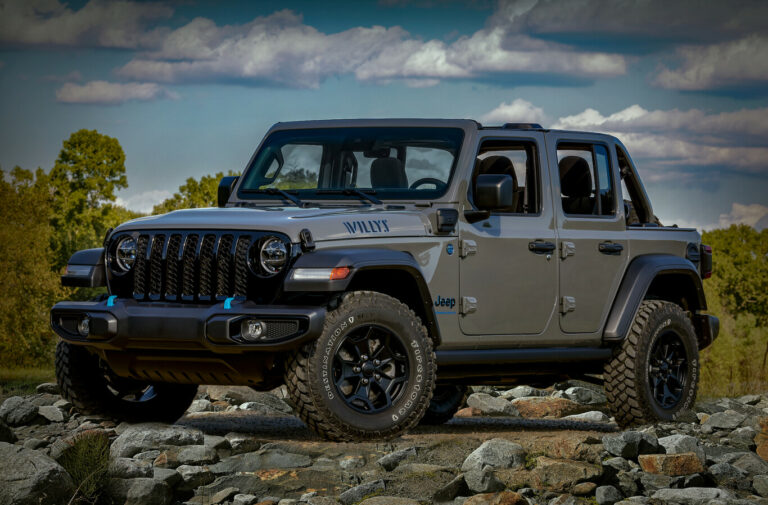1950 Willys Jeep For Sale: Your Comprehensive Guide to Owning a Piece of American History
1950 Willys Jeep For Sale: Your Comprehensive Guide to Owning a Piece of American History jeeps.truckstrend.com
The allure of classic vehicles often transcends mere transportation, offering a tangible connection to history, engineering, and a bygone era. Among the most iconic and enduring symbols of American ruggedness and ingenuity stands the Willys Jeep. Specifically, the 1950 Willys Jeep, a direct descendant of the legendary World War II workhorse, represents a pivotal moment in automotive history – the transition from military might to civilian utility. For enthusiasts, collectors, and those simply seeking a unique and reliable vintage vehicle, the prospect of finding a 1950 Willys Jeep for sale is an exciting journey into a world of timeless design, mechanical simplicity, and unparalleled character. This comprehensive guide will navigate you through the fascinating world of the 1950 Willys Jeep, offering insights, advice, and practical considerations for anyone contemplating such a significant purchase.
The Enduring Legacy of the 1950 Willys Jeep
1950 Willys Jeep For Sale: Your Comprehensive Guide to Owning a Piece of American History
To understand the 1950 Willys Jeep, one must first appreciate its formidable lineage. Born from the crucible of World War II, the original Willys MB (and Ford GPW) "Jeep" became an indispensable tool for Allied forces, renowned for its versatility, durability, and go-anywhere capability. After the war, Willys-Overland recognized the immense potential of this robust design for civilian applications. Thus, the "Civilian Jeep" or CJ series was born.
The 1950 model year falls squarely into the production run of the Willys CJ-3A. Introduced in 1949 as an evolution of the CJ-2A, the CJ-3A retained the iconic flat-fender body style but incorporated several key improvements aimed at enhancing its appeal to farmers, ranchers, and recreational users. These included a one-piece windshield that allowed for better visibility and could be opened for ventilation, an improved dashboard layout, and a slightly more comfortable driver’s seat. Under the hood, the CJ-3A continued to rely on the venerable and virtually indestructible Willys L-134 "Go-Devil" flathead four-cylinder engine, paired with a robust T-90 three-speed manual transmission and the legendary Spicer 18 transfer case for two-wheel and four-wheel drive functionality.
The 1950 Willys Jeep is sought after today not just for its historical significance but also for its inherent qualities. Its mechanical simplicity makes it relatively easy to maintain and repair for those with basic mechanical skills. Its compact size and legendary four-wheel-drive system make it surprisingly capable off-road, even by modern standards. Furthermore, owning a 1950 Willys Jeep is an exercise in nostalgia, a tangible connection to a post-war America building itself anew, where utility, resilience, and ingenuity were paramount.
What to Look For When Buying a 1950 Willys Jeep
Acquiring a vintage vehicle like a 1950 Willys Jeep requires a keen eye and a thorough understanding of common pitfalls. Here’s what to prioritize during your search:
- Rust: The Ultimate Enemy: Due to their age and often utilitarian past, rust is the primary concern. Inspect the frame meticulously, especially around spring hangers, cross members, and body mounts. Check the body tub, particularly the floorboards, hat channels (under the floor), rear cargo area, and fender wells. Minor surface rust is manageable, but extensive rot signifies major, costly repairs.
- Drivetrain Condition:
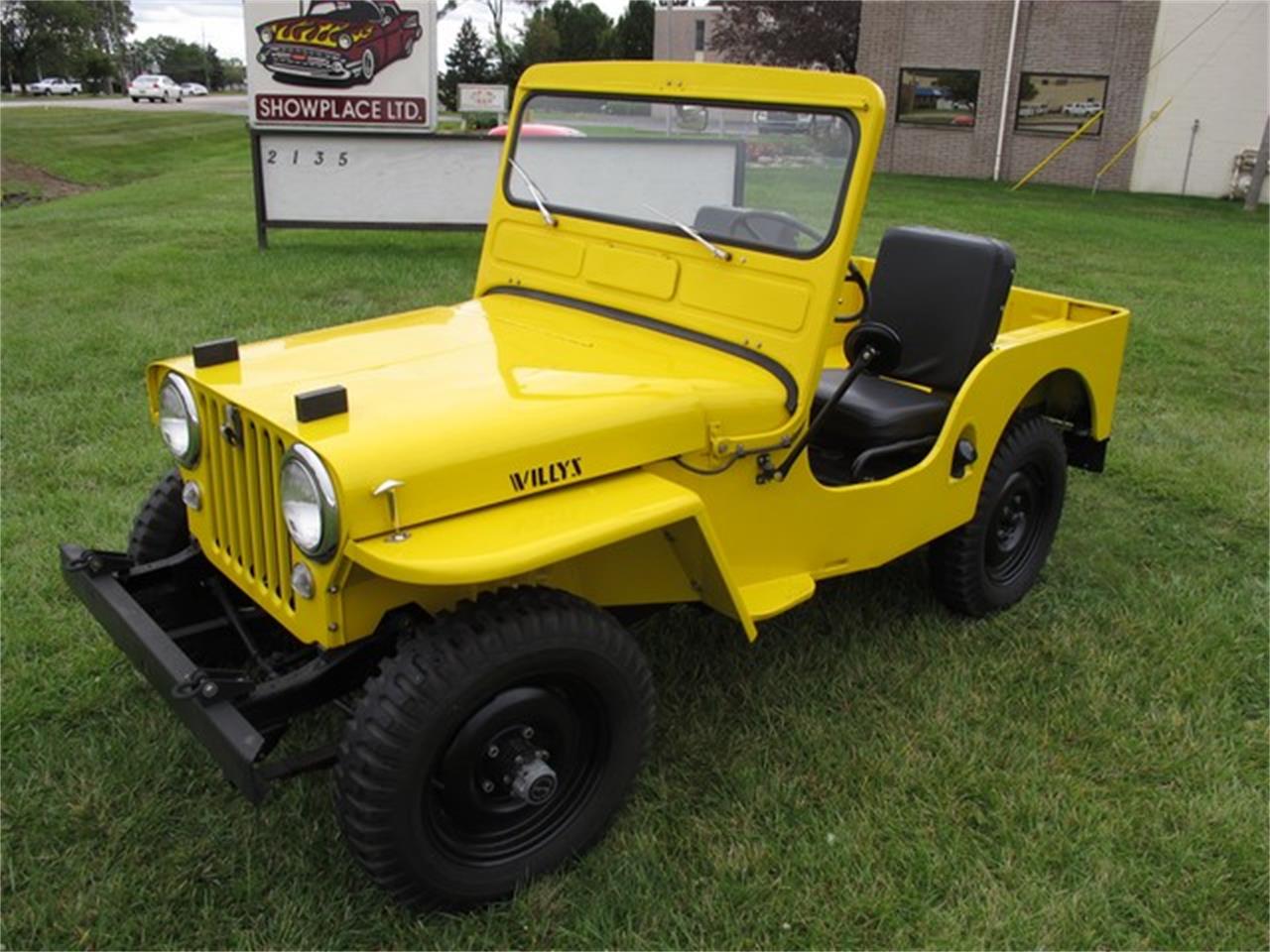
- Engine (L-134 "Go-Devil"): Listen for knocking, excessive smoke (blue for oil, white for coolant, black for fuel issues), and unusual noises. Check for oil leaks around the block, oil pan, and rear main seal. Compression test is highly recommended if possible.
- Transmission (T-90): Test all gears, listening for grinding or difficulty shifting. Check for leaks.
- Transfer Case (Spicer 18): Engage 4WD high and low. Listen for grinding or clunking. Check for leaks.
- Axles: Check for excessive play in the universal joints, wheel bearings, and differential backlash. Look for leaks around the differentials.
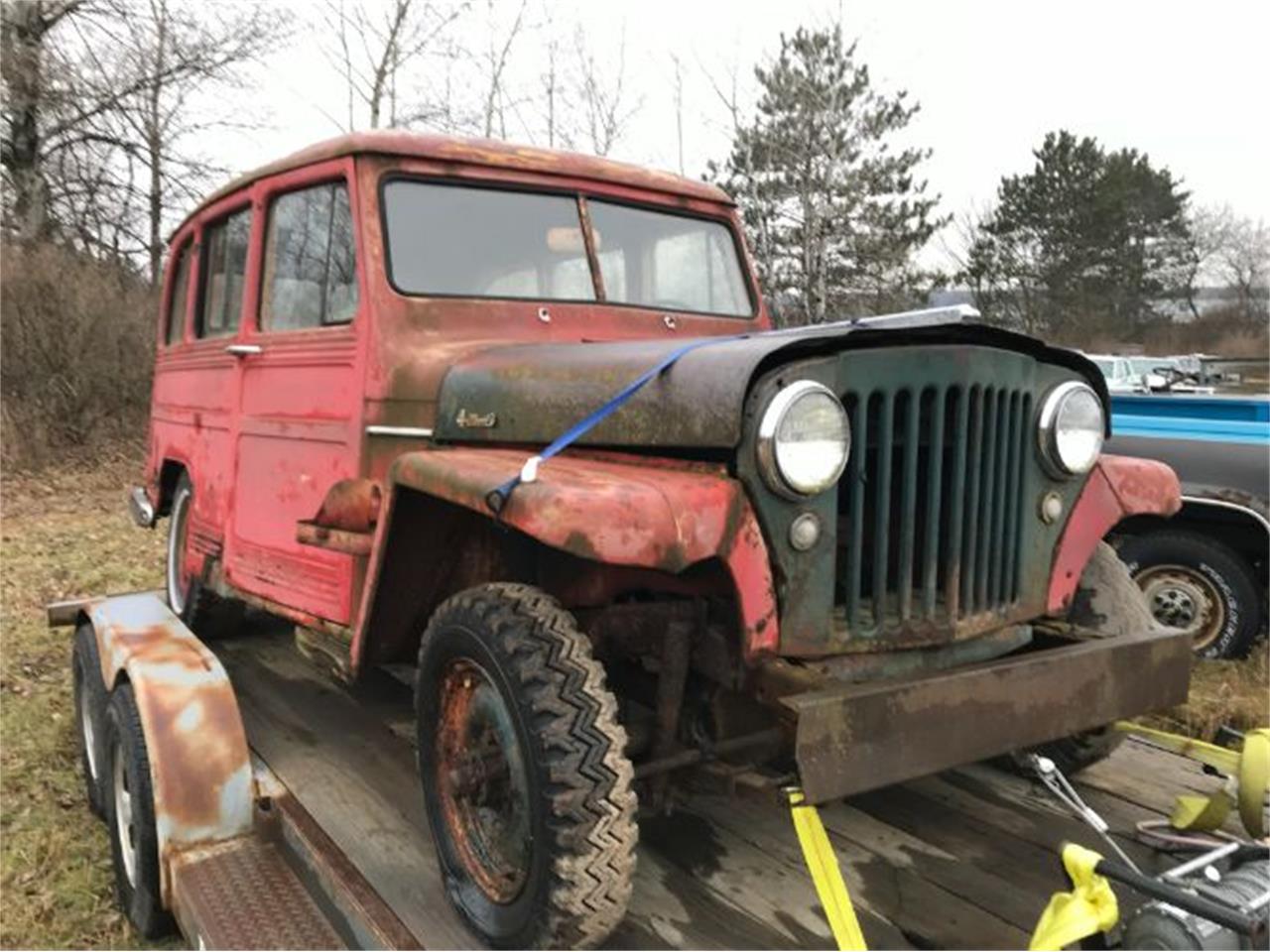
- Brakes and Steering: Test the brakes thoroughly. Ensure they are firm and stop the vehicle straight. Check for spongy pedal feel (air in lines or bad master cylinder). Examine steering components for excessive play, loose tie rods, or a worn steering box.
- Electrical System: While simple, wiring can degrade over time. Check all lights, gauges (if working), and the starter. Look for frayed wires or amateur modifications.
- Originality vs. Modification: Decide what you’re looking for. A completely original, unrestored Jeep will command a different price and require different restoration efforts than one that has been modified with a modern engine, lift kit, or other upgrades. Be aware of the implications of non-original parts on value and ease of repair.
- Documentation: A clear title is essential. Any service records, past ownership history, or photos of previous work add significant value and provide peace of mind. Verify the VIN (vehicle identification number) matches the title. On CJ-3As, the VIN is typically stamped on a plate on the firewall and sometimes on the frame rail.
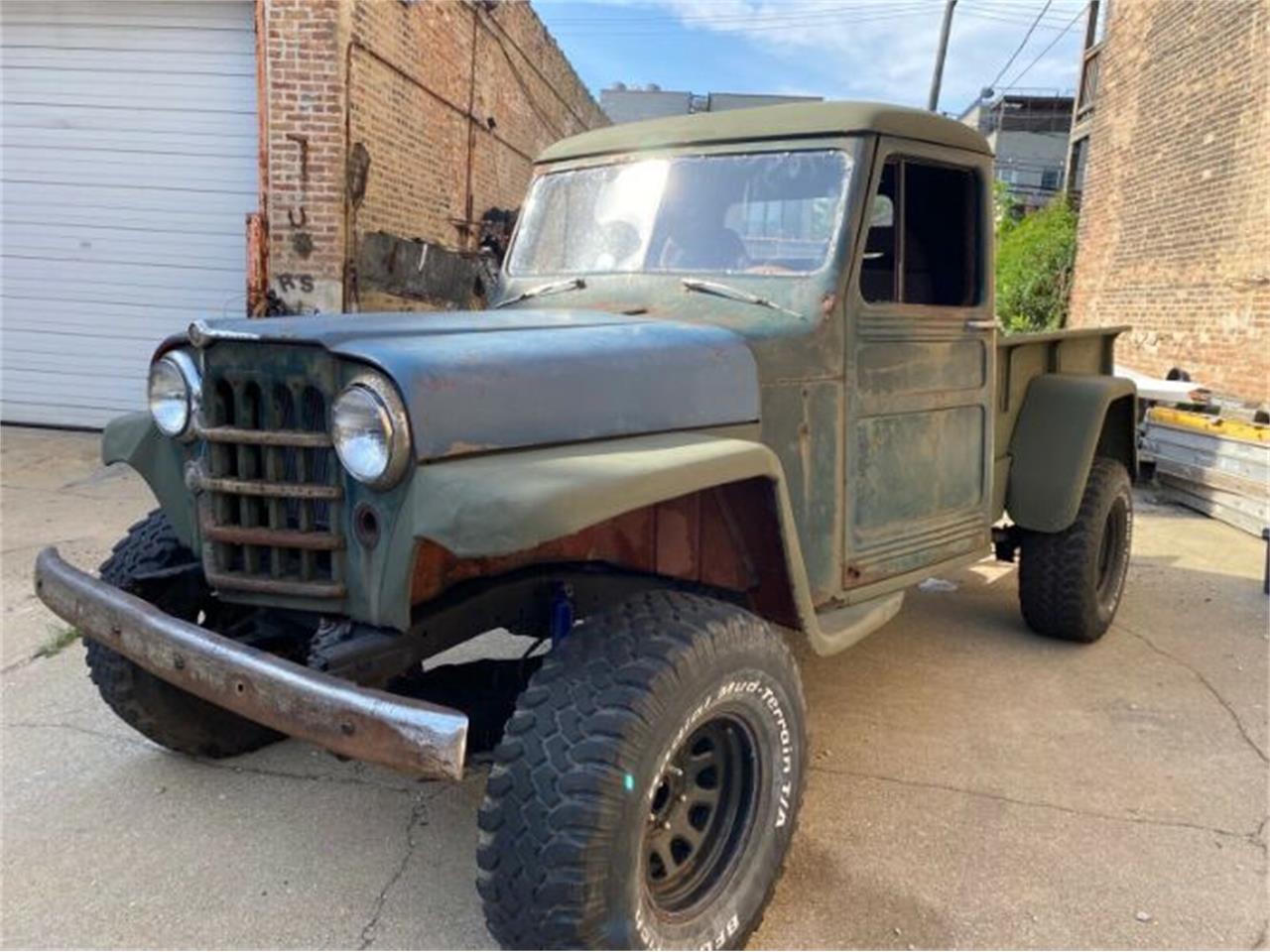
Types of 1950 Willys Jeeps You Might Find
The condition and originality of a 1950 Willys Jeep for sale can vary wildly, impacting both its price and the effort required to bring it to your desired state.
- The "Barn Find" / Original Survivor: These Jeeps are often found in sheds or fields, untouched for decades. They might be non-running, covered in dust, and show significant patina. While the initial purchase price might be lower, they require extensive restoration work, making them ideal for the dedicated enthusiast seeking a full project.
- The Running Project: This category includes Jeeps that are currently operational but require significant mechanical or cosmetic work. They’re good for those who want to drive it while slowly improving it. Expect worn components, some rust, and perhaps a tired engine.
- Partially Restored: Some work has been done – perhaps the engine rebuilt, or bodywork started – but it’s far from complete. This can be a good option if the previous work was done well, saving you some initial steps, but ensure you understand what remains.
- Fully Restored / Show Quality: These Jeeps have undergone a comprehensive, frame-off restoration, often to concourse standards. Every component has been renewed or replaced. They command the highest prices but offer a turn-key classic experience with minimal immediate work required.
- Modified / Custom: Many Willys Jeeps have been modified over the years, sometimes extensively, with engine swaps (e.g., Ford V8, modern inline-4), suspension lifts, larger tires, or custom bodywork. These are excellent for serious off-roading or unique builds but may sacrifice historical accuracy and original value.
The Buying Process: Practical Advice and Actionable Insights
Finding and purchasing your 1950 Willys Jeep requires a strategic approach.
- Set a Realistic Budget: Beyond the purchase price, factor in potential costs for transportation, insurance, registration, and, most importantly, any immediate repairs or planned restoration work. Parts, while available, add up, and professional labor can be expensive.
- Where to Look:
- Online Marketplaces: eBay Motors, Hemmings, Bring a Trailer (for higher-end, well-documented vehicles), ClassicCars.com, and local classifieds like Craigslist.
- Specialty Forums & Groups: Willys Jeep forums (e.g., The CJ-3A Page, G503.com) and Facebook groups are excellent resources, often listing Jeeps for sale directly from enthusiasts.
- Auctions: Classic car auctions can yield good finds, but do your due diligence on condition reports.
- Classic Car Dealers: Some dealers specialize in vintage 4x4s, offering higher prices but potentially more vetted vehicles.
- Inspect, Inspect, Inspect: Never buy sight unseen unless you’re prepared for major surprises. Ideally, inspect the vehicle in person. If geographically challenging, hire a reputable pre-purchase inspection service specializing in vintage vehicles. Bring a magnet to check for body filler over rust.
- Test Drive: If the Jeep is running, take it for a test drive. Pay attention to how it starts, idles, shifts, brakes, and handles. Listen for any unusual noises. Remember, it won’t drive like a modern car – expect a firm ride, manual steering, and slower speeds.
- Negotiation: Be prepared to negotiate based on the vehicle’s condition, market value, and any issues you’ve identified. Knowledge is power in negotiation.
- Transportation: Plan how you’ll get your new acquisition home. For non-running or distant vehicles, professional enclosed transport is recommended to protect your investment.
Owning a 1950 Willys Jeep: Challenges and Rewards
Owning a vintage Willys Jeep is a unique experience, replete with both challenges and immense satisfaction.
Challenges:
- Parts Availability: While many parts for the L-134 engine and T-90 transmission are reproduced or readily available through specialty vendors (e.g., Kaiser Willys Auto Parts, Walck’s 4WD), some specific body panels or obscure components might be harder to source.
- Mechanical Skills: These vehicles are mechanically simple, but they require regular maintenance and a willingness to get your hands dirty. If you’re not mechanically inclined, factor in professional mechanic costs.
- Modern Road Compatibility: A 1950 Willys Jeep is not a highway cruiser. Its top speed is typically around 45-55 mph, and it lacks modern safety features like airbags, crumple zones, or even seatbelts (unless added). It’s best suited for back roads, parades, and off-road adventures.
- Comfort: Expect a utilitarian, bouncy ride. Don’t anticipate air conditioning, power steering, or plush seating.
Rewards:
- Unique Driving Experience: There’s nothing quite like driving a flat-fender Willys. It’s raw, engaging, and connects you directly to the road (or trail).
- Community: The Willys Jeep community is passionate and supportive. You’ll find a wealth of knowledge, advice, and camaraderie among fellow owners.
- Sense of Accomplishment: Restoring or maintaining a vintage Jeep provides immense satisfaction. Every repair and improvement is a tangible achievement.
- Head-Turner: A well-maintained 1950 Willys Jeep draws attention and admiration wherever it goes.
- Appreciating Asset: While not a guaranteed investment, well-preserved or expertly restored vintage Jeeps often hold or increase in value over time.
1950 Willys Jeep Price Guide
The price of a 1950 Willys Jeep varies significantly based on its condition, originality, and the market. This table provides a general estimate.
| Condition Category | Estimated Price Range (USD) | Key Considerations/Notes |
|---|---|---|
| Barn Find / Project | $3,000 – $8,000 | Non-running, significant rust, missing parts, major mechanical overhaul needed. Ideal for full restoration, but budget for extensive work. |
| Running Project | $7,000 – $15,000 | Runs and drives, but needs substantial mechanical (engine, transmission, brakes) and/or cosmetic (bodywork, paint, interior) attention. Good for those who want to work on it over time. |
| Partially Restored | $14,000 – $25,000 | Some major work completed (e.g., engine rebuild, new paint), but still requires finishing touches or specific repairs. Inspect quality of previous work closely. |
| Good Driver Quality | $22,000 – $35,000 | Mechanically sound, presentable appearance, minimal rust. Suitable for regular enjoyment, but not show-winning. May have some minor imperfections. |
| Fully Restored / Show | $35,000 – $60,000+ | Frame-off restoration, excellent mechanical condition, pristine paint and interior, correct original parts. Ready for show or immediate enjoyment. Premium price for premium quality. |
| Highly Modified | $10,000 – $40,000+ | Price varies wildly based on quality and extent of modifications (engine swaps, custom suspension, etc.). Value depends on the desirability and professionalism of the build, less on historical accuracy. |
Note: These are estimates and actual prices can vary based on location, market demand, specific vehicle history, and unique features.
Frequently Asked Questions (FAQ)
Q: What engine does a 1950 Willys Jeep typically have?
A: The 1950 Willys CJ-3A is powered by the durable Willys L-134 "Go-Devil" flathead four-cylinder engine, producing around 60 horsepower.
Q: Are parts readily available for a 1950 Willys Jeep?
A: Yes, many parts are readily available, especially for the L-134 engine and the T-90 transmission. Several specialized vendors reproduce body panels, electrical components, and mechanical parts.
Q: Can I drive a 1950 Willys Jeep on modern highways?
A: You can, but it’s generally not recommended for extended highway travel. Its top speed is around 45-55 mph, and it lacks the comfort, stability, and safety features of modern vehicles. It’s best suited for slower roads, off-roading, and local cruising.
Q: Is a 1950 Willys Jeep a good daily driver?
A: No, it is generally not suitable as a daily driver. Its lack of modern amenities, slower speeds, and utilitarian nature make it impractical for regular commuting in today’s traffic. It shines as a weekend vehicle, recreational off-roader, or parade vehicle.
Q: How much does it cost to restore a 1950 Willys Jeep?
A: Restoration costs vary significantly depending on the initial condition of the Jeep and the desired level of restoration. A full, professional frame-off restoration can easily cost anywhere from $20,000 to $50,000+, not including the purchase price. A DIY restoration on a solid running project might be a few thousand dollars in parts.
Q: What’s the difference between a CJ-2A and a CJ-3A?
A: The CJ-3A, produced from 1949-1953, was an evolution of the CJ-2A (1945-1949). Key differences include a one-piece windshield (vs. the 2A’s two-piece split windshield), an improved dashboard, and a slightly modified rear cargo area. Mechanically, they are very similar.
Conclusion
The pursuit of a 1950 Willys Jeep for sale is more than just a search for a vehicle; it’s an embarkation on a journey into automotive history, mechanical exploration, and a unique lifestyle. Whether you dream of a meticulously restored showpiece, a rugged off-road companion, or a rewarding restoration project, the 1950 Willys CJ-3A offers an unparalleled blend of heritage, simplicity, and capability. Owning one means joining a passionate community, experiencing the road in a truly authentic way, and preserving a tangible piece of American ingenuity. For the right enthusiast, the challenges are outweighed by the immense satisfaction and the enduring appeal of this automotive icon.

